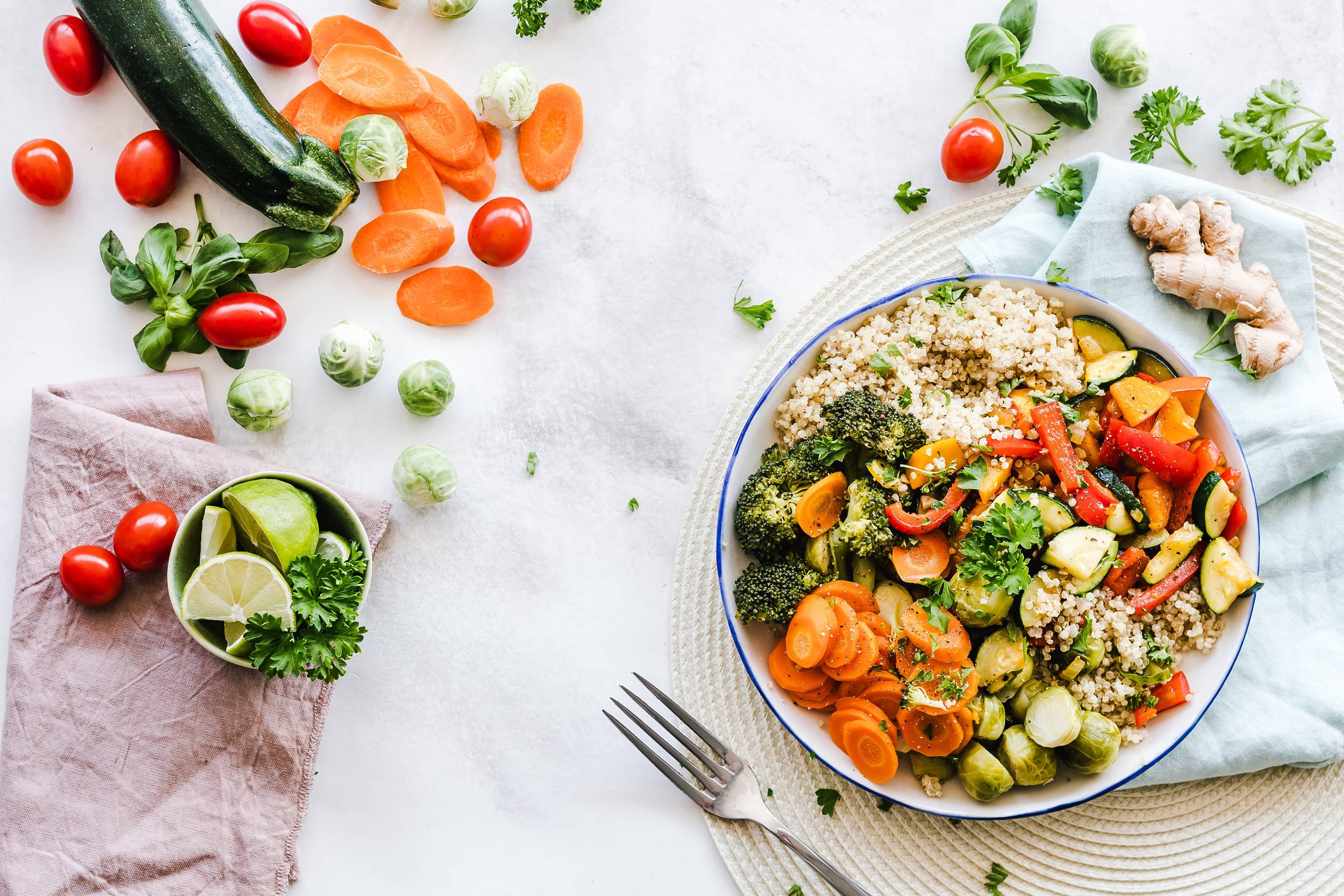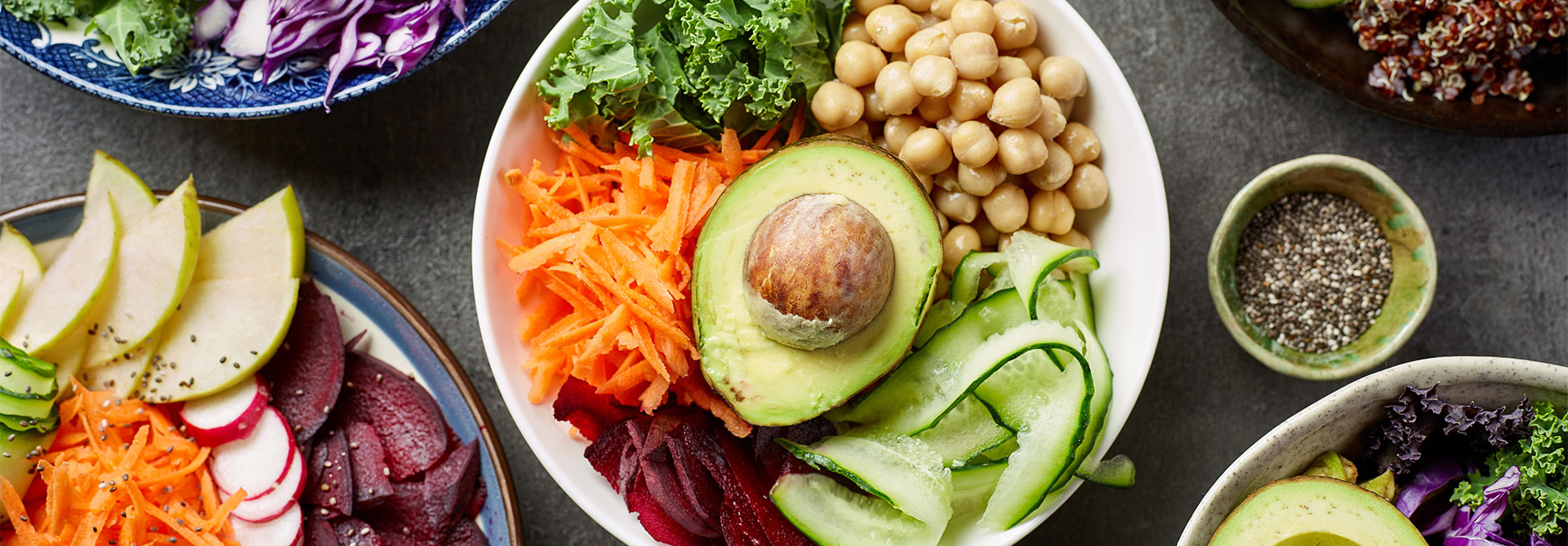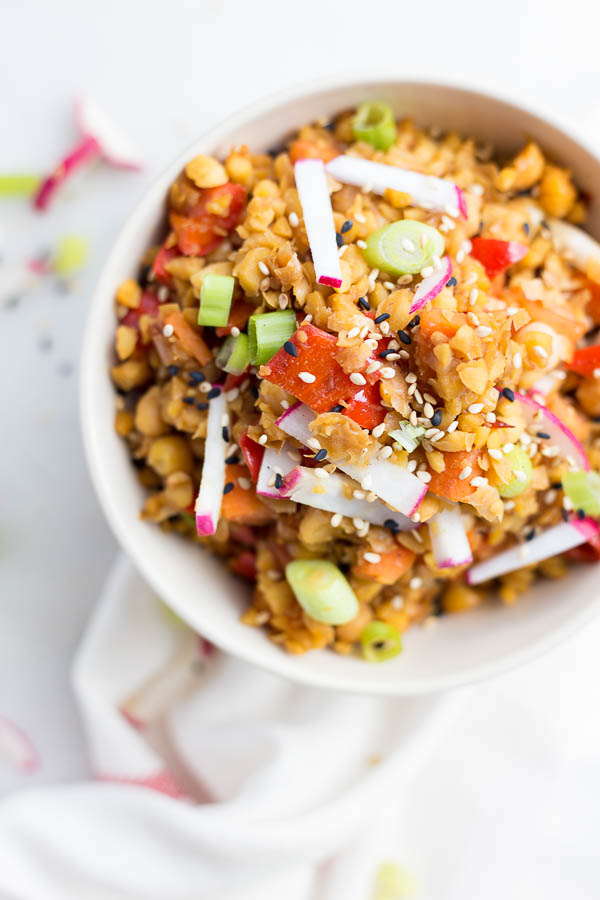
There are many aspects of vegan studies. There are books that have been written by scholars, and others that are more general. Some books have a lot of theoretical content, while others are more rigourous. This book is designed to make vegan studies more accessible. It combines great moments in vegetarian history with character sketches of certain figures. This book also covers the history and origins of religious vegetarianism, as well as its origins in India. It emphasizes the need for non-violence in relation to nonhuman animals as well as humans.
Research agenda for the Vegan Studies Network
To help the network identify the research questions to address, it used a prioritisation process. This exercise generated a list of 15 questions, organised under five themes. These questions can be used to guide large-scale research programs, while others are more specific and focus on aspects of food system transformation.
In order to establish the priorities for research, the exercise required the participation of scholars from other parts of the European Union and disciplines not related to veganism. There are many challenges in this research area. The network should be open to all members in order to overcome these obstacles. This includes both scientists from other fields and those with a passion about animals.

The goals of the network's research agenda are broad. They include topics such as health, education, nutrition, catering, and social responsibility. They also include knowledge of animal welfare and its relation to human well-being. They also examine issues related the environment and sustainability, as well as animal agriculture and sustainable agriculture.
We need more voices from non-white veg-history experts
BIPOC and Black voices within the vegan community are often underrepresented. History shows that there has been a great need for greater representation. Black Americans are threefold more likely to be vegan than those of other races, yet Black vegans tend to be left out. This is particularly significant given that veganism is expensive and disproportionately impacts low-income people.
There are many factors that can explain this. One reason for this is that white vegans often don't understand the root causes and prefer to support 'green capital' by rewarding large corporations with being 'ecofriendly'. This neglects to mention the fact that mass production can't save the environment.
You are looking for vegan cookbooks?
To make vegans' lives easier, there needs to be more cookbooks. While the term "vegan" is often confused with the vegetarian diet, the two are not the same. A vegan diet is based entirely on plant-based foods. However, a vegetarian diet can include certain animal products such as milk products.

There are many vegan cookbooks on the market, with some of the most popular being 100 percent vegan. These cookbooks feature a wide variety. This cookbook includes everything you need to prepare delicious meals. Many offer nutritional advice and grocery lists.
Whether you're a newcomer to vegan cooking or an experienced vegan, finding a good vegan cookbook is essential. A cookbook must be credible and should have recipes that are affordable for less than $30 per Week. Toni Okamoto's vegan cooking has proven that it doesn't always have to cost a lot!
FAQ
Why do we need to have a healthy lifestyle?
Healthy lifestyles lead to happier and longer lives. Regular exercise, healthy eating habits, healthy sleep habits and stress management can all help prevent strokes, heart disease, diabetes, and cancer.
By living a healthy lifestyle, we can improve our mental health. It will make us more resilient to everyday stress. A healthy lifestyle can also help you feel and look younger.
What are 10 healthy habits?
-
Get breakfast every morning.
-
Don't skip meals.
-
Be balanced.
-
Drink lots of water.
-
Take care your body.
-
Get enough sleep.
-
Stay away from junk food.
-
Daily exercise
-
Have fun
-
Find new friends
How does an antibiotic work?
Antibiotics are medications that kill harmful bacteria. To treat bacterial infections, antibiotics are used. There are many options for antibiotics. Some can either be administered orally, while others may be injected. Other antibiotics can also be applied topically.
For people who have been exposed, antibiotics are often prescribed. One example is if someone has had chickenpox and wants to prevent shingles. An injection of penicillin may be necessary to prevent pneumonia if someone has strep.
A doctor should give antibiotics to children. Children are at greater risk than adults for developing serious side effects from taking antibiotics.
Diarrhea is the most common side effect from antibiotics. Other side effects that could occur include nausea, vomiting and dizziness. These symptoms usually go away after treatment ends.
What's the problem with BMI?
BMI stands for Body Mass Index. This is a measure of body fat that is calculated based on height or weight. The following formula can be used to calculate BMI.
Weight in kilograms divided by height in meters squared.
The result is expressed as a number from 0 to 25. A score of 18.5 indicates that you are overweight and a score of 23 indicates that you are obese.
A person with a body mass index of 22 and a weight of 100 kg and a height 1.75m will have a BMI.
How can I get enough vitamins
Most of your daily vitamin requirements can be met by diet alone. However, if you are deficient in any particular vitamin, taking supplements can help. You can purchase a multivitamin that includes all the vitamins needed. You can also get individual vitamins at your local drugstore.
If you are concerned about getting enough nutrients, talk to your doctor about what foods contain the best sources of vitamins. You can find vitamins K and E in dark green leafy vegetable such as spinach, kale and turnip leaves, as well romaine lettuce and arugula.
Ask your doctor if there is any doubt about how much vitamin you should be taking. Based on your medical history, and current health status, your doctor will recommend the right dosage.
Statistics
- nutrients.[17]X Research sourceWhole grains to try include: 100% whole wheat pasta and bread, brown rice, whole grain oats, farro, millet, quinoa, and barley. (wikihow.com)
- WHO recommends consuming less than 5% of total energy intake for additional health benefits. (who.int)
- According to the 2020 Dietary Guidelines for Americans, a balanced diet high in fruits and vegetables, lean protein, low-fat dairy and whole grains is needed for optimal energy. (mayoclinichealthsystem.org)
- According to the Physical Activity Guidelines for Americans, we should strive for at least 150 minutes of moderate intensity activity each week (54Trusted Source Smoking, harmful use of drugs, and alcohol abuse can all seriously negatively affect your health. (healthline.com)
External Links
How To
How to Live a Healthy Lifestyle
Healthy lifestyle means you can maintain your weight, health, and fitness. It is a lifestyle that involves eating healthy, exercising regularly and avoiding drugs, alcohol, nicotine, and tobacco. A healthy lifestyle can help you stay fit and feel great. Healthy lifestyles can also reduce the risk of chronic diseases, such as stroke, heart disease, diabetes, cancer, osteoporosis and arthritis.
The main goal of this project was to provide a step-by-step guide on how to live a healthier life. The introduction was the first portion of the project. It describes the benefits of living a healthy life, what it means, and who we should be. Next, I wrote the body paragraphs. These include tips and tricks for maintaining a healthy lifestyle. I then wrote the conclusion. This summarizes the whole article, and provides additional resources, if necessary.
This assignment helped me learn how to write a clear and concise paragraph. I learned how topic sentences and supporting details were organized. Furthermore, I was able to improve my research skills by being able to identify specific sources and correctly cite them. Finally, I learned proper grammar and writing skills.